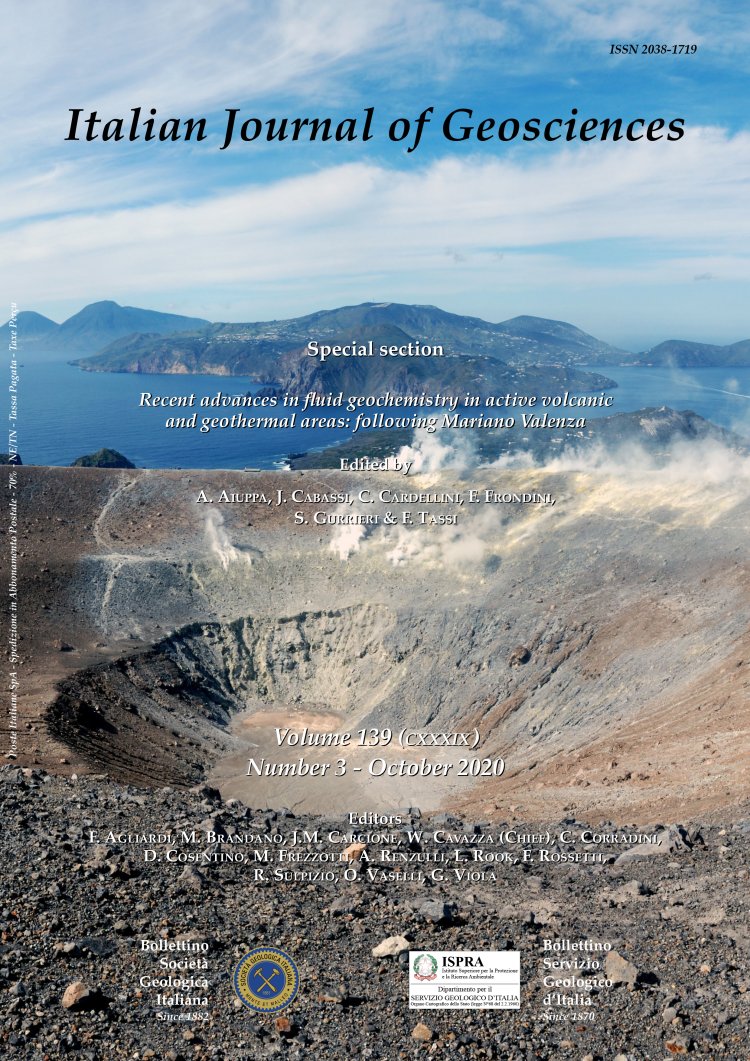
Geogenic CO2 flux calculations from the Late Pleistocene Tivoli travertines (Acque Albule Basin, Tivoli, Central Italy)
Alessandro Mancini (1), Enrico Capezzuoli (2), Andrea Brogi (3,4), Rudy Swennen (5), Lisa Ricci (6) & Francesco Frondini (6)
(1) Department of Earth Science, University of Milan, “A. Desio”, Via Mangiagalli 34, 20133 Milan, Italy.
(2) Department of Earth Sciences, University of Florence, Via La Pira 4, 50121, Florence, Italy.
(3) Department of Earth and Geo-environmental Sciences, University of Bari, "Aldo Moro", Via Orabona, 4, 70125 Bari, Italy.
(4) CNR-IGG - Institute of Geosciences and Earth Resources, Via Moruzzi 1, Pisa, Italy.
(5) Geology, Department of Earth and Environmental Sciences, KU Leuven, Celestijnenlaan 200E, 3001 Heverlee, Belgium.
(6) Department of Physics and Geology, University of Perugia, Via Pascoli snc Perugia, 06123, Italy .
Corresponding author e-mail: alessandro.mancini@unimi.it
Abstract
Keywords
Get Full Text